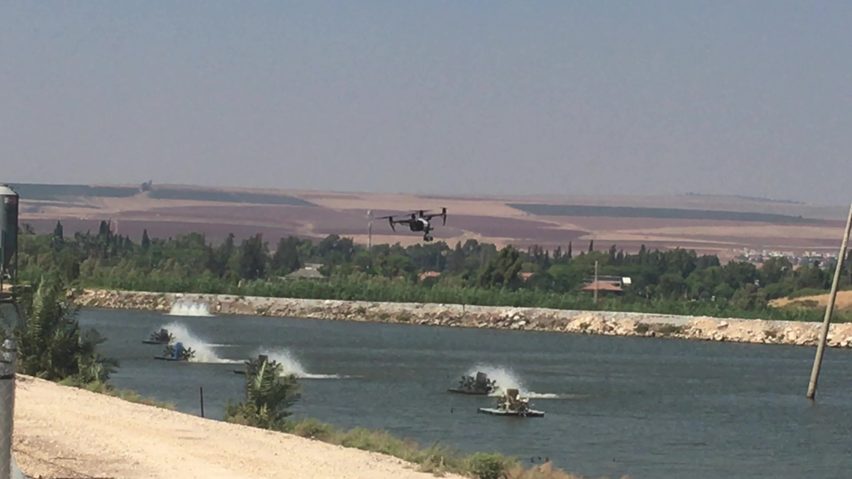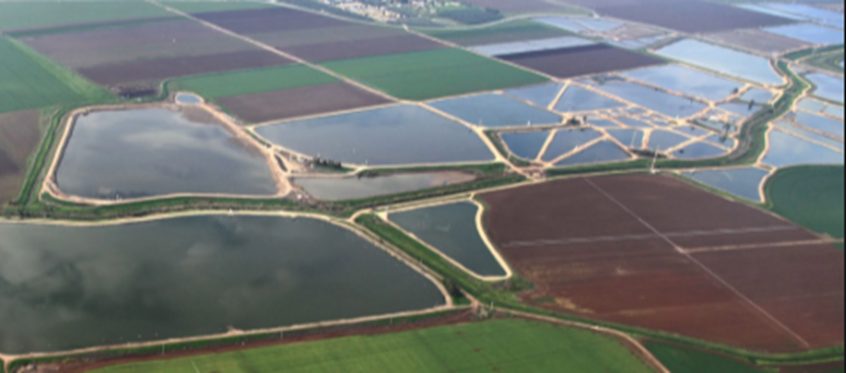Following the SGE 11th on Lumpy Skin Disease in South-East Europe, where much interest was expressed for additional information on the practical experience in the use of drones in Israel in the animal health sector – with practical use in controlling LSD, but also in wildlife.
Сolleagues from the veterinary services of Israel shared their experience and the results of using the unmanned aerial vehicle (UAV), commonly known as a drone, on animal health surveillance.
The OIE Representation for Europe hosted this webinar on Wednesday, 4th of May 2022 to increase awareness and the analysis of data received.
For this purpose, OIE Team invited partners from FAO, Delegates, and other representatives of veterinary services with an interest in new tools for surveillance and control of animals and animal diseases, since drones seem to hold a lot of promise in achieving the goals of veterinary services.
Three speakers shared their presentations on the following topics:
Drones are getting more up-to-date, e.g. becoming smaller, with better camera quality, geographical identification systems, night vision versions, etc. The typical time for 1 drone mission in the Israeli VS varies between 20 and 40 minutes. That short time is quite enough to get valuable data for further analysis.
Speakers showed videos in order better to demonstrate all the potential uses of this tool.
They indicated the list of the diseases where the use of drones could be extended beyond the current use against LSD, for example, FMD, PPR, especially for free-ranged animals.
It can also be used for census of animals, detection of identification numbers on ear tags, and identification of the type of insects biting the animals.
It can be valuable when the animals are inaccessible (rivers, smoke, or other access limitation), helps to detect animal movements and behavior, finding dead or wounded animals.
In comparison with in-person visits to the field, drones help avoid animal (and insect) aggression against personnel and are not stressful for animals – they get accustomed very quickly to drone presence, after a short expression of interest upon a first time with the device.
As for wildlife, based on Israeli experience, the use of drones was useful for ecologists in protecting and differentiating the rare species of birds and their nesting spots as well as for marine animal populations (the number of sharks and their behavior).
The use of drones is considered compliant with biosafety and biosecurity principles as it allows examining many herds without direct contact and transmission of pathogens in comparison with in-person visits.
Drones are also incidentally useful for detection of illegal littering of waste in the fields or forests, theft, wildfires, and wild boar damage to agriculture.
Among disadvantages, the experts indicated mostly requirements for the use of drones, including special permission needed if they are used near restricted areas, e.g. airports and military zones, and in case of a very strong wind.
Participants were interested in questions such as the length of drones’ exposure sessions and data analysis, the complaints from people especially in the private sector, any accidents that can happen with the use of drones, and special software if it is used for them.
In overall conclusions of the webinar, it can be asserted that:
– For some quantitative aspects: the acquisition of data with drones is faster and safer than with human intervention in the field.
– For some qualitative aspects that are impossible without drones, such as crossing physical barriers, looking at fields or water from above, intervention in farms with hostile owners, or illegal activities.
– In animal health
– In wildlife surveillance
Organizers and participants thanked the speakers for the very interesting presentations, useful and comprehensive answers, and the fact that the event took place during the National Holidays of Israel.


